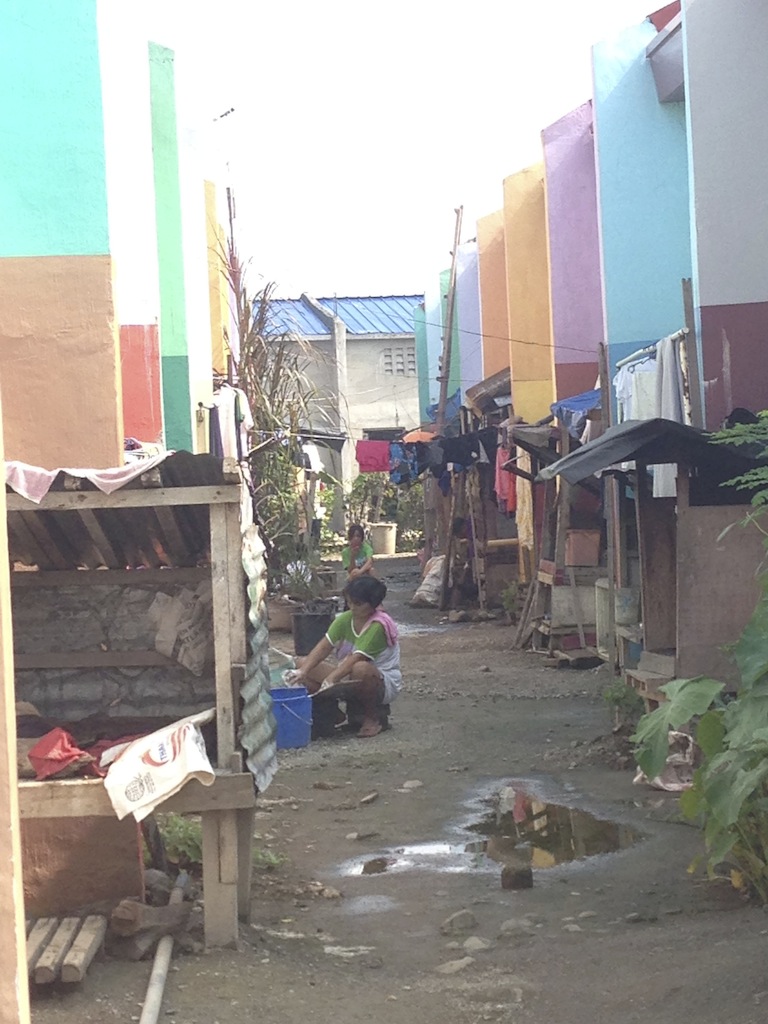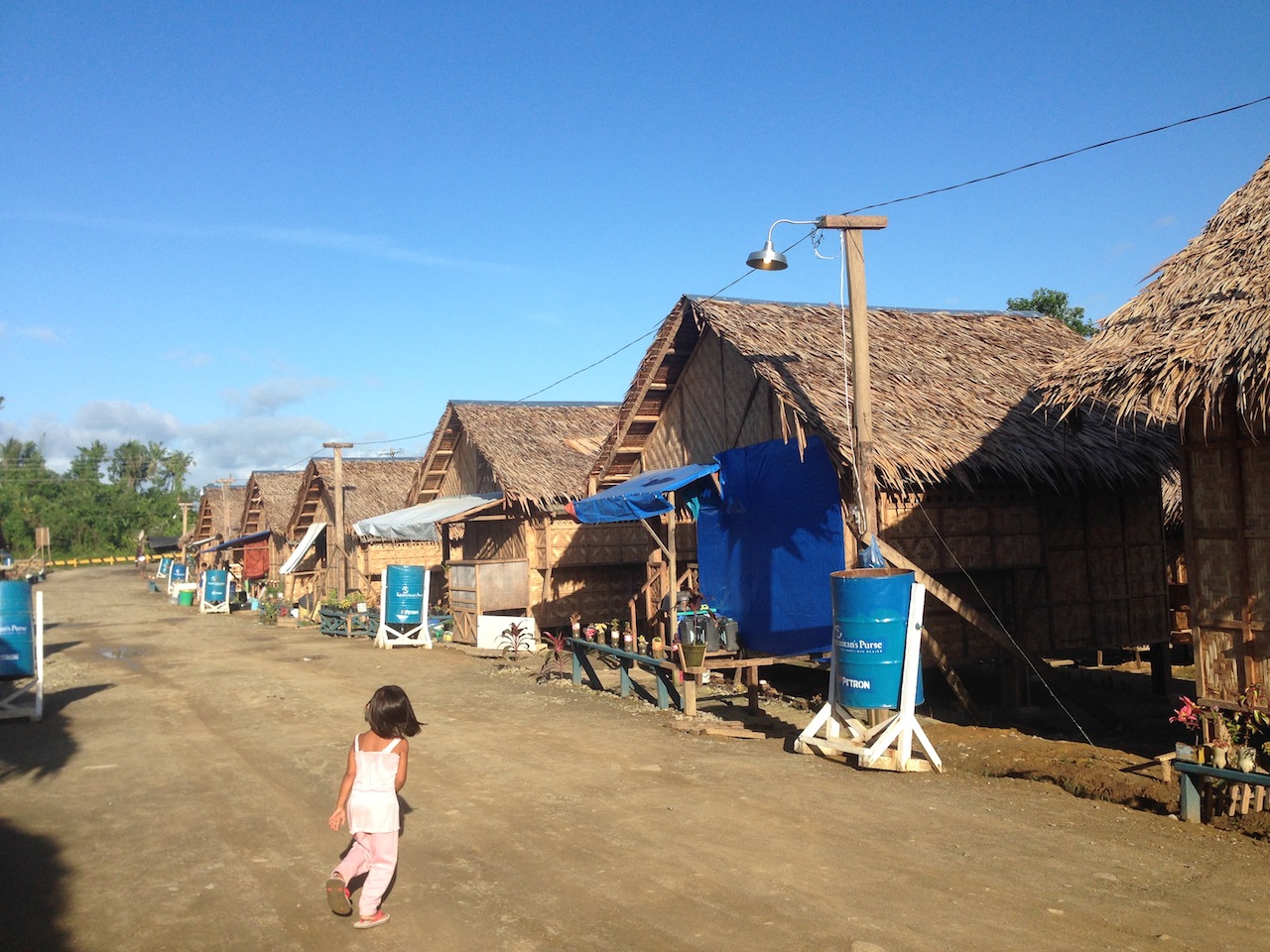TACLOBAN CITY – Super typhoon Yolanda (international name: Haiyan) that hit the Philippines in November 2013 brought unprecedented devastation: displaced and affected more than 18.4 million people, killed more than 6,000 people, and caused P89.6 billion in economic losses.
Among those who survived the disaster, women and children particularly suffered and continue to suffer the most. This Women’s Month, this article highlights the unreported plight of women and children in disaster-stricken areas in the Philippines, especially in Samar and Leyte.
The multiple impact of the disaster that hit central Philippines in 2013 became the grim reality of everyday life for millions of Filipinos who survived Yolanda: Crime, gender-based violence (particularly rape), sexual abuse, and other forms of violence against women and children in cramped temporary and permanent shelters, has increased significantly.
The Department of Social Welfare and Development (DSWD) and police authorities in Tacloban City have acknowledged a spike in the number of reported violence against women and children including exploitation, disempowerment, and deprivation triggered by the disaster. They said more and more victims are now slowly coming forward.
One of them is Elena (not her real name), 28. She was trafficked from her village and taken to Manila, where she was forced to work in the sex trade. She escaped from the den and went back to Tacloban City. Her case remained unreported because she has been too afraid to file a police report.
Myrna (not her real name), a 21-year-old sales lady from Marabut, Samar, is another victim. She narrated that she was raped a month after Yolanda struck their village by a mask-wearing man who pointed a knife at her and dragged her to a dark, muddy street.
“I could not breathe or shout for help. He was so powerful. I just prayed that someone would rescue me. Nobody believed my story after that. I even tried to report the assault to the police but everybody seems pre-occupied with the chaotic situation we were in,” Myrna sobbed.
Many abused women share the same plight. Both Elena and Myrna lamented the hardship faced by women in Leyte and Samar apart from lack of food, clean water, basic health care, and proper housing.
With the recurring natural disasters in the Philippines, women and children face cycles of heightened risks of abuse, exploitation, and violence, according to Carmela Bastes, Center Head of the DSWD in Tacloban City.
Cases of abuse and violence alarming
Bastes confirmed that from 2013 to 2015, there were 85 reported cases of violence and sexual abuse against women. The numbers, she said, are significant because they were typhoon-related sexual assaults. She said there were more than 40 cases of human trafficking involving women and children.
“Cases of gender-based violence is increasing, especially abuse against children. But we know there are still unreported cases,” Bastes said. “They are increasing probably because they have been informed of their rights, especially the children. People now know it is not bad to report and file cases against the perpetrators; that is why the numbers are getting higher.”
Bastes said the Philippine government recognizes that violence against women is prevalent enough to be looked into. She said DSWD has reactivated in previous years the VAW desks in the city’s 138 barangays to assist the victims in accessing services and legal protection and in addressing the issue of gender-based violence in the community.
“Gender-based programs are important especially in disaster-stricken areas like in Tacloban City because people are disorganized and there are those who take advantage of their situation. We highlight the gender-based violence program because we know that women and children, as well as persons with disability, are the most vulnerable,” she stressed.
She said that trainings, information drive, financing, and monitoring in temporary shelters and permanent housing must be sustained in order to address the problem.
DSWD has been collaborating with other government agencies as well as the international and local non-government organizations in implementing programs such as training of barangay officials, volunteers, and facilitators in temporary and permanent shelters, and monitoring of cases of abuse.
Reaching out to women, a priority
Most of the crime and violence against women and children are difficult to collect as victims fear for their safety or because they consider their family’s dignity, said police officer Karen Gabon of Tacloban City’s Women and Children Protection Desk.
“It is a challenge that we face. Many cases of abuse and exploitation are unreported and we are trying to implement now an effective reporting system for violence,” Gabon said.
Based on the crime statistics from the women’s desk, there were 86 recorded cases of rape, sexual abuse, acts of lasciviousness, seduction, and attempted rape of children from January 2014 to March 2015 alone. Record shows about 16 of the same cases were committed by minors. Only 15 cases were formally filed.
From January 2015 to March 2015, a total of 62 cases of physical injury and psychological abuse against women were recorded.
“After typhoon Haiyan, we have observed that there is an alarming increase of violence and abuse especially to children,” Gabon acknowledged. “Based on the records we have, they were committed in bunkhouses, transition shelters, and even in permanent housing. They are mostly due to jealousy, financial problem, poverty, influence of illegal drugs, and depression due to the devastation from typhoon Haiyan.”
In an effort to get victims to come forward, Gabon said police have intensified their information drive and monitoring in the barangays in coordination with barangay officials and social workers, especially in remote areas.
“We urge the victims and their families to come forward so we could assist them properly. The authorities are here to listen to them and take proper action,” Gabon said.
Her call was echoed by Tacloban City Police Director Dominador Cabillan, who said police have deployed more policewomen to monitor in bunk houses, transition shelters, as well as in permanent housing to protect women and children.
“The cases of abuse are alarming and we are on guard to secure those places. Factors include drug problems, lack of jobs and livelihood, as well as the desperation from the recent disaster,” Cabillan said.
Forgotten plight of women and children
Marissa Cabaljao, secretary-general of People Surge, an alliance of typhoon survivors, said millions of Filipino survivors now face an uncertain future, especially women and children. She said lack of awareness and sensitivity on the plight of women and children in central Philippines may cause further trauma.
“Their plight is forgotten. The abuse and violence against women and children cause double disaster if left unmanageable,” Cabaljao lamented. “We see various cases of neglect from all sectors like health, education, food security, and job security. Children, for instance, are left behind with neighbors so parents could find decent jobs elsewhere. Some women farmers are left to till their lands while their husbands leave them in despair. They are vulnerable.”
With inadequate services and facilities in disaster-stricken areas, Cabaljao said, protecting women and children must be a primary responsibility of the government.
“In order to protect them, the government must create a center where children have a safe place to learn and counseling [and where] mothers can also leave their children while at work,” Cabaljao said. “It hurts us to see families are still living in unsecured bunkhouses or temporary shelters without food, clean water, and enough toilets. We still cannot feel the assistance from the government.”
According to the Philippine Commission on Audit (COA) report released in 2014, a total amount of P782,012,090.71 in donation remained unutilized and deposited in the DSWD account. The COA report added that the procurement of water amounting to P69,296,400 intended for shipment to Tacloban City has not served its purpose due to lack of transport facilities from Manila.
The National Housing Authority, on the other hand, said that after Yolanda ravaged the Eastern Visayas region, housing needs for the 14 provinces in the six affected regions reached 205,128 housing units, with a total funding requirement of P61.2 billion. Housing units were planeed in 153 sites with 17,641 completed units as of the end of October 2015. As of October 30, 2015, a total of P26.9 billion was already released to the NHA to fund the 92,554 housing units targeted to be finished by December 2016.
“For the next administration, we hope that the needs of the survivors will be systematically addressed. We know that we will be struck by many disasters in the future so the government must also implement effectively community-based disaster preparedness, so people know what to do and where to go,” Cabaljao said.
Women’s resilience helps them survive
Jemel Millanes, a gender specialist of CARE International, said a specialized support for women and children who are impacted by natural disasters is needed as they are uniquely vulnerable.
“These are crucial to building women’s capacity to change lives,” Millanes said, adding that there must be a continuously raising awareness of women and children about their rights, engagement of men to become allies on preventing violence, and teaching mothers the skills they need to rebuild their family’s lives.
According to the CARE International’s Yolanda response program mid-term evaluation released in September 2015, which covers Leyte, Samar, Capiz, and Iloilo, the importance of gender equality and disaster risk reduction were highlighted and promoting women’s rights in food, shelter, and livelihood recovery components.
Some programs for women were on micro-entrepreneurship, including for those who pooled their livelihood cash transfers for a shared stake in sari-sari stores, farm machinery for rent, pig-raising, and other enterprises.
Gender equality integration should continue to focus on economic empowerment and improving the self-esteem, confidence, skills and knowledge of women, as in building human capital among women especially for succession leadership in community-based organizations, according to CARE.
Women must also be engaged in policy advocacy that is related to disaster risk reduction and climate change adaptation as well as creation of an enabling environment for local economic development, it said.
For the meantime, Elena, Myrna, and others who lived through the multiple impacts of Yolanda have to cling on and continue to survive for the sake of their families.
“I think it is important for women to be respected especially in times of crisis like this,” Elena said. “There needs to be a safe space for us as we live in fear of being abused, molested, and violated of our rights.”



